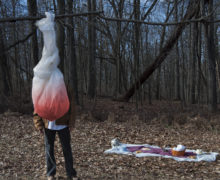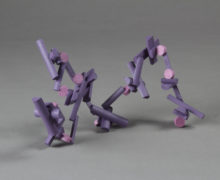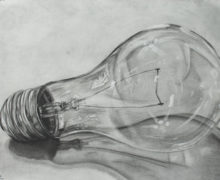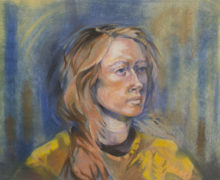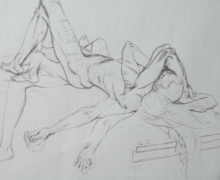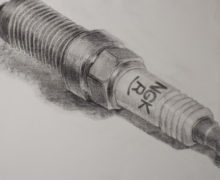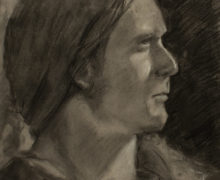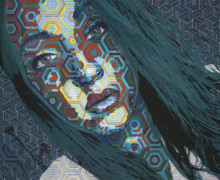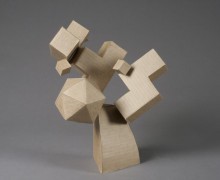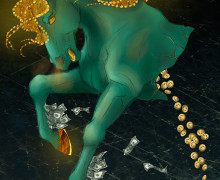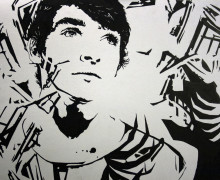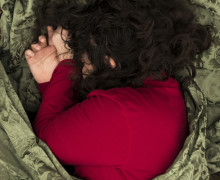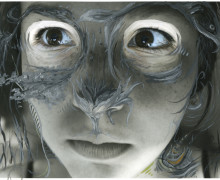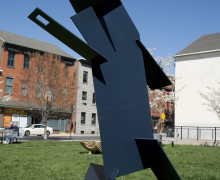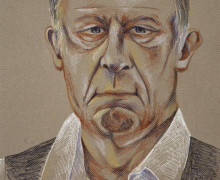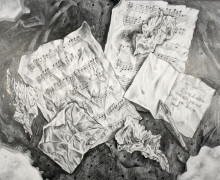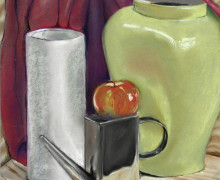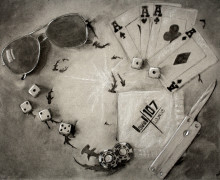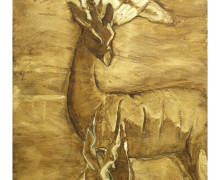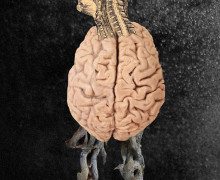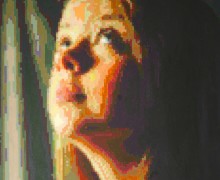Foundation Year
The first year, or foundation year, program is the basis for all students at Pennsylvania College of Art & Design. Courses are structured to teach you the fundamentals of art-making. Skills, techniques, historical context, and critical thinking support all work in the arts at every stage in an artist’s career. Foundation classes teach you how to recognize and produce your best ideas and how to communicate about art in ways that are personal and professional.
| Course | Title | Credits |
|---|---|---|
| FD 101 | Drawing I | 3.0 |
| FD 114 or FD 111 |
Figure Drawing, FD113 Narrative Drawing Camera-Based Observation |
3.0 |
| FD 103 | 2-D Design I | 3.0 |
| FD 104 | 2-D Design II |
3.0 |
| FD 106 | 3-D Design* | 3.0 |
| FD 109 or FD 112 |
Digital Imaging* Digital Media* |
3.0 |
| FVC 101 | Foundations of Verbal Communication I | 3.0 |
| FVC 102 | Foundations of Verbal Communication II | 3.0 |
| AH 110 | Introduction to the History of Art & Visual Culture | 3.0 |
| AH 222 | World Art Survey: Cultural Contacts | 3.0 |
*These courses are taken in separate (fall or spring) semesters, allowing students to take two 15-credit semesters.
Students who successfully complete the foundation year studio curriculum will be able to:
- Demonstrate the ability to design in two and three dimensions.
- Demonstrate the ability to make art based on observations.
- Demonstrate craftsmanship skills using two- and three- dimensional and digital media.
- Demonstrate the ability to critique one’s own work and the work of others.
Liberal Arts
The liberal arts curriculum is an extremely important component of your education in the visual arts. These classes build critical-thinking skills and examine the creative process in a wide range of subjects. Through your four years of liberal arts course work, you will learn effective writing, research, and analysis skills and establish the framework to think globally.
Degree students at PCA&D are required to complete 42 liberal arts credits: 15 credits in art history, 9 credits in verbal communications, 3 credits in the life and physical sciences and mathematics distribution area, 3 credits in the behavioral and social sciences distribution area, and 12 credits in the humanities distribution area.
Advancing in difficulty with level, these classes give you the necessary historical background and cultural context for the experiences you receive in your major.
The liberal arts department supports the objectives of the institution’s Educational Goals and Outcomes Statement. To that end, the department has determined that students graduating from PCA&D will be able to:
- Demonstrate the ability to incorporate cultural and historical context into their analytical process and then demonstrate the ability to choose when and how this critical thinking should be applied to intellectual and creative problems presented in their coursework.
- Demonstrate the ability to apply information literacy and research techniques to course projects, assignments, and classroom discussion.
- Demonstrate the ability to deliberately compose and effectively communicate their informed ideas and viewpoints through oral and written projects and assignments as well as classroom discussion.
- Demonstrate a broad knowledge of visual culture as well as a proficiency in art historical analysis and theory through course projects, assignments, and classroom discussion.

